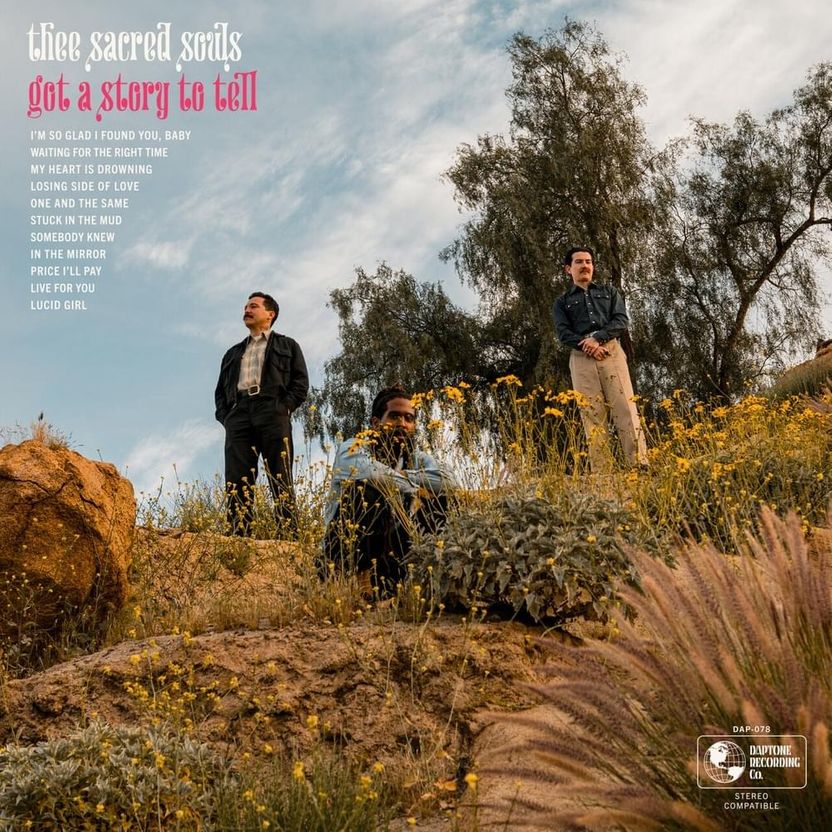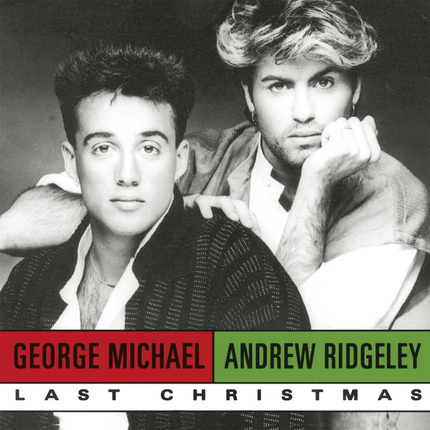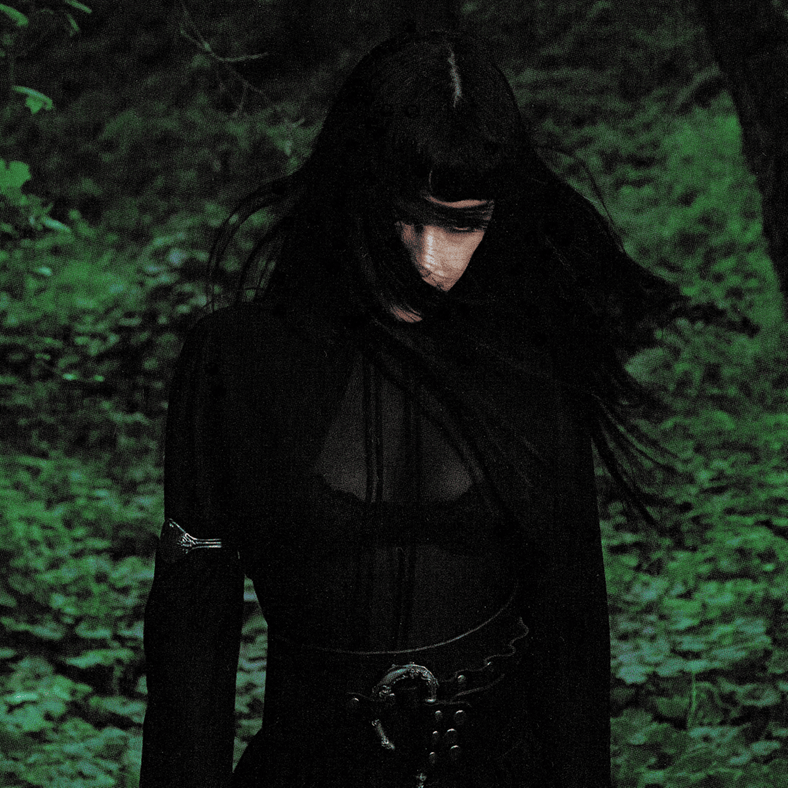Rating: 8.5/10
If you spent any time on social media in 2022, chances are you heard the buttery vocals and romantic lyrics of “Can I Call You Rose?” by Thee Sacred Souls.
A look behind the curtain of the song’s success reveals a pleasant surprise — the creatives behind the viral soundbite may seem like the artists your grandparents slow-danced to in the ’60s but are actually the same age as Kendrick Lamar and Taylor Swift.
Any photograph of Thee Sacred Souls in their element — on stage, in an interview or on the cover of their latest and sophomore album, “Got A Story To Tell” — is in color and takes place decades after the grayscale shots of the soul and R&B icons they seamlessly emulate.
Get The Daily Illini in your inbox!
“Got A Story To Tell” proves the band combines the best of both worlds, embodying past sounds to speak earnestly to the present.
Take “Lucid Girl,” the album’s introductory track about a self-actualized modern woman. Coasting on smooth vocal harmonies and forthright conversation between percussion and strings, singer Josh Lane tells her story like it is a fable to live up to.
“I/ (He’s got a story to tell)/ Got a story to tell/ And I told it so many times/ (He says he knows it so well)/ That I know it so well,” Lane begins with a nod to the album’s name. You can’t help but take a figurative seat before him in anticipation of the rest of it.
Although only the beginning of an album aching to express itself, “Lucid Girl” epitomizes Thee Sacred Souls’ mastery of the art of storytelling. The song progresses like a drawing sketched in real time — a raw human narrative of its subject and cathartic musical release on the canvas.
“Price I’ll Pay” showcases guitarist Alex Garcia on the wah pedal, creating an atmosphere for a song with a meaning just as sweet as its honeyed vocals. The lyrics are best described as a love letter to love — a love that you gladly give everything to, to continue experiencing and are committed to exploring for the rest of your life.
On an album filled with romance, “Live For You” complements its peers with a gentle and encouraging reminder of the importance of self-love.
“Learn to love yourself/ The way you love the idea of love,” Lane sings among a spirited blend of strings and horns. He holds a mirror up to any listener guilty of forgetting themselves in pursuing romanticized ideals.
“On My Mind” oscillates through a rousing and dreamy soundscape, fitting for its musings on accepting “the good and bad” of life.
“Waiting on the Right Time” follows the uncertainty of knowing when to profess your love to someone. Agonizing over his choices, Lane ultimately realizes that the right time can only be “now.”
“Losing Side of Love” is emptier instrumentally, leaving room to accentuate the album’s thematic accessibility. The track conveys meditations on complex and abstract concepts like love’s impermanence in a profound yet coherent manner.
It is this lyrical style and the ideology of the people behind it that make the reflections in “Got A Story To Tell” feel so deeply universal.
“To share songs with other people can be as intimate as intimacy,” Lane said in an interview with Bomb Magazine when the band was asked about catharsis in the music-making process. “It’s very spiritual for an idea to come out of you, or your people, or from the ether — an idea you grabbed and shared with somebody — and somebody shapes it a different way … It’s like magic.”
Sister tracks “My Heart is Drowning” and “Stuck in the Mud” are related by hopelessness. Thee Sacred Souls provide battered hearts everywhere an understanding shoulder to cry on with a lullaby of soothingly sympathetic background vocals and Sal Samano’s reliably steady bass and drums.
“In the Mirror” takes a darker turn, candidly reckoning with the imperfect decisions people make under the spell of love. Lane honestly labels himself “a monster” for breaking another person’s heart, admonishing them to let him go while also pleading they do not.
In line with Lane’s shame and inner conflict, the track dissolves into an increasingly up-tempo and distorted turbulence.
“One and the Same” echoes the stripped-back humanitarianism that hallmarked tracks like Marvin Gaye’s “Mercy Mercy Me (The Ecology)” during the civil crises of the ’60s. There is no patronizing positivity or exterior motive here, just plain observations and an appeal for love.
“Just for a moment, why can’t we be together?” the song begs.
“I’m So Glad I Found You, Baby” is exactly what it sounds like — a track in reverent gratitude for finding love. It sounds like the album’s happy ending, culminating the pains and losses of songs prior with grand, upbeat horns — a choice that Lane told Hunger Magazine was narratively intentional.
“To be like, at the end of the day, if you’re living for yourself — experiencing the good and the bad — the good still happens after that,” Lane said.
For a group that has been active for only around five years, Thee Sacred Souls come off as though they create from decades of experience. And just like any seasoned artist worth paying attention to, their music leaves a distinct, enduring impression difficult to achieve in a rapidly changing industry.
The group says it best themselves. The “immortal grooves, classic vocal harmonies, and sincere, heartfelt lyrics” in “Got A Story To Tell” tell the story of a band that is here to stay.









